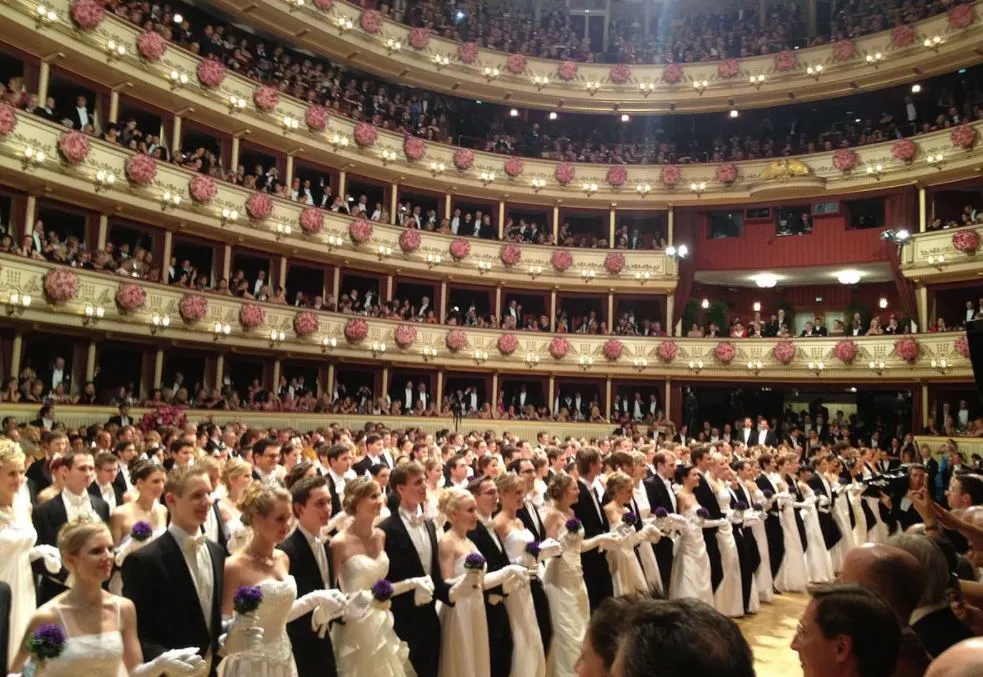One of the most fascinating buildings in Vienna is an opera house that has a history dating back to the 1860s and which was opened under a different name.
In this article, we’ll take a closer look at some of the most interesting facts about the Vienna State Opera, the home of some of the greatest Austrian performance organizations.
1. It’s located on a ring road encircling Vienna’s historical center
The Vienna State Opera is an enormous structure located on the “Vienna Ring Road,” a grand boulevard that completely encircles the historical city center of Austria’s capital. This part of the ring is referred to as the “Opernring” and is situated in the southern part of the city center.
What’s remarkable about this major avenue in Vienna is that it was constructed on the location of the old city walls. These were dismantled in the 19th century and the ring road was constructed here between the 1860s and 1890s.
This also means that this magnificent opera house was part of this major reconstruction project and the first building to be completed on the Vienna Ring Road.

2. The building was inaugurated by the Emperor and Empress
The building was constructed between 1861 and 1869 and funds were used from the so-called “city expansion fund” of which the main part included the construction of the Ringstrasse.
The design of the building was modeled on the structures built in Italy during the Renaissance period. This also means that this Renaissance architectural style didn’t have the appeal of the grandeur of some of the other buildings in Vienna.
The opera house was inaugurated as the “Vienna Court Opera” and the event on May 25, 1869, was attended by Emperor Franz Joseph I and Empress Elisabeth of Austria. While the Emperor and his wife were there, they could enjoy the facility in a pretty astounding room as well.
The name of the structure was eventually changed to “Vienna State Opera” following the establishment of the First Austrian Republic in 1921.
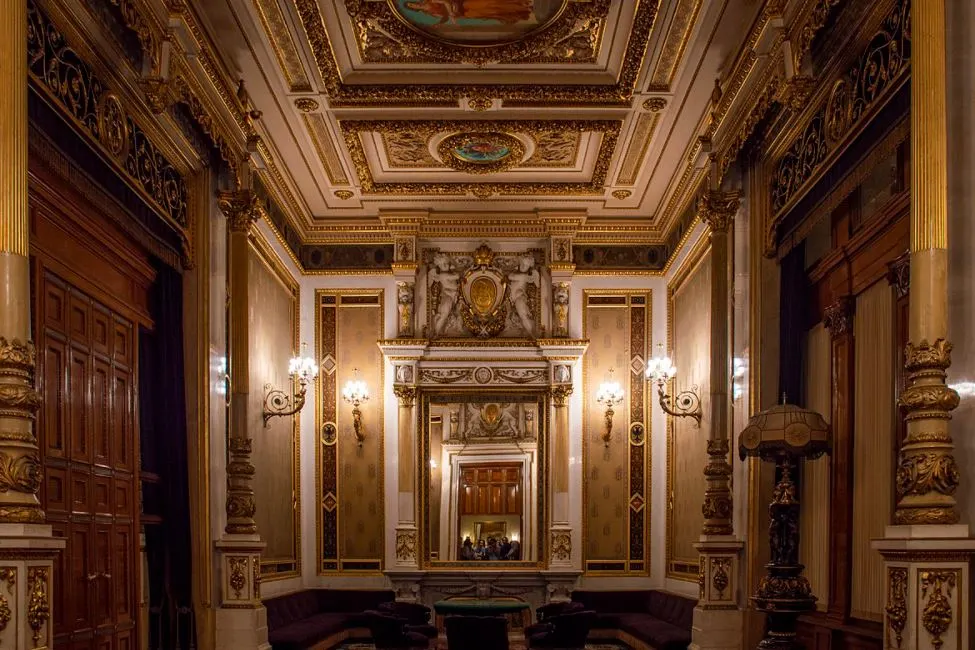
3. An incredible amount of costumes was destroyed during WWII
Large parts of the opera house were destroyed during Allied bombings at the end of World War II, mainly on March 12, 1945. Because the front section of the building was sealed for protection, the exuberant foyer, the main stairways, the vestibule, and the tea room were spared from destruction.
Unfortunately, most parts of the rear section were turned to rubble and destroyed by flames, which also includes the main auditorium.
During this devastating event, the entire décor and attributes for more than 120 operas were destroyed, as well as an unbelievable 150,000 costumes that were supposed to be used during performances.
The decision was eventually made to rebuild the destroyed sections in their original designs with just a few modernizations, a project that started shortly after the war.
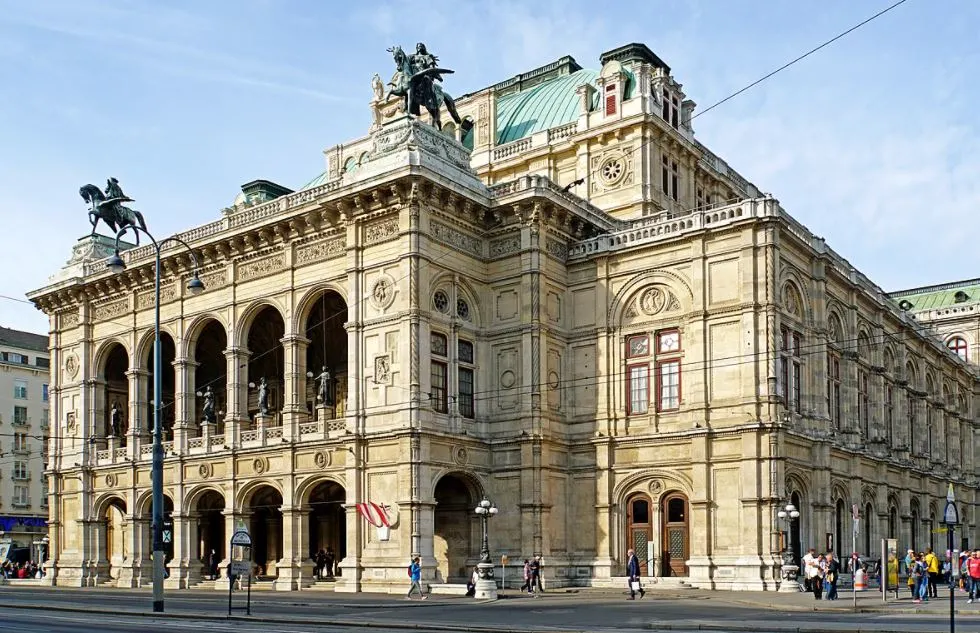
4. Over 2,000 people can fit inside the auditorium
The main reconstruction project was that of the main auditorium, an incredible space that has a total capacity of 2,276 people. One of the most remarkable facts about the Vienna State Opera is that this includes both 1,709 seated places and 567 standing places.
The original auditorium also had a slightly higher capacity as it was reduced during the modern reconstruction following World War II.
This magnificent performance space consists of multiple tiers and is topped with an amazing chandelier as well.
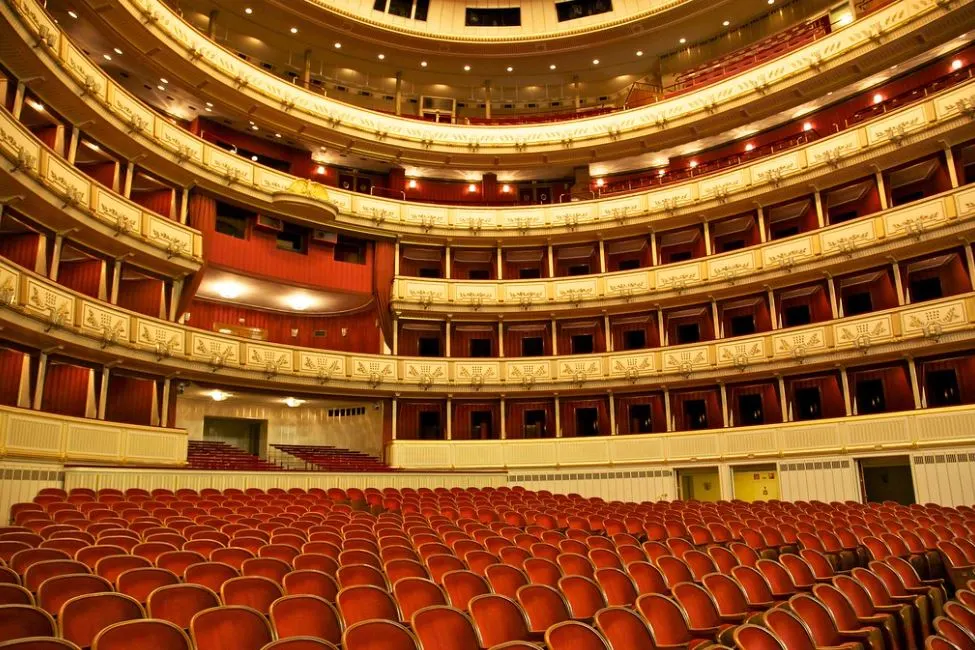
5. An incredible number of people is employed at the opera house
To say that the Vienna State Opera house is a busy place is an understatement. It hosts about 350 performances every year which include operas and ballet performances from the Vienna State Ballet
The opera house is also the home of the “Vienna Philharmonic,” an orchestra founded in 1842 that is considered to be one of the most renowned in the world today.
The organization running the entire operation is called the “Staatsoper” and employs over 1,000 people. The funding of the organization exceeds 100 million euros a year as well, an astounding number!
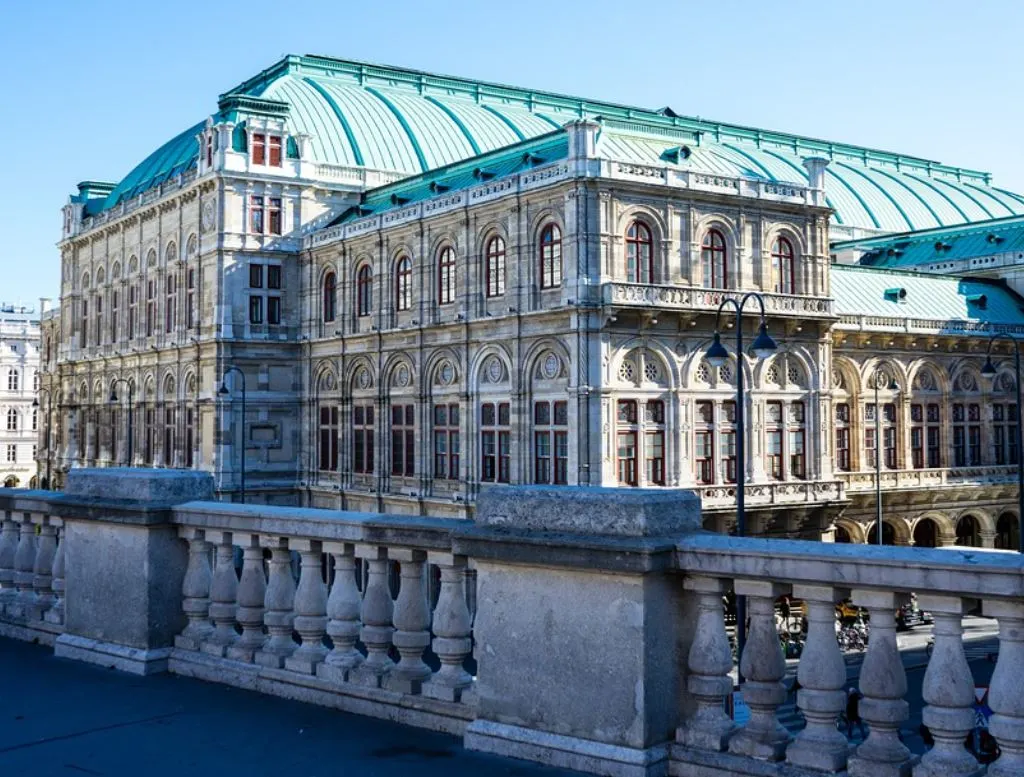
More interesting facts about the Vienna State Opera
6. The plan of the building was a collaboration between 2 Austrian architects named August Sicard von Sicardsburg and Eduard van der Nüll. They modeled their plans based on the designs of a Czech architect named Josef Hlávka.
7. The location of the building was not only chosen by Emperor Franz Joseph in 1861, he also bought the plot of the land himself.
8. Regardless of the magnificent design of the structure, the building didn’t instantly become popular with the people of Vienna. The building was described as a “sunken treasure chest” and one of the architects, Eduard van der Nüll, committed suicide because of the criticism before the building was completed.
9. One of the leading conductors in history, Gustav Mahler (1860-1911), was a regular a the Vienna State Opera. His own music eventually gained worldwide recognition long after his death.
10. The opera house is not only extremely popular with children, but it also houses a children’s opera school. Children’s productions are also a regular at this child-friendly opera house.
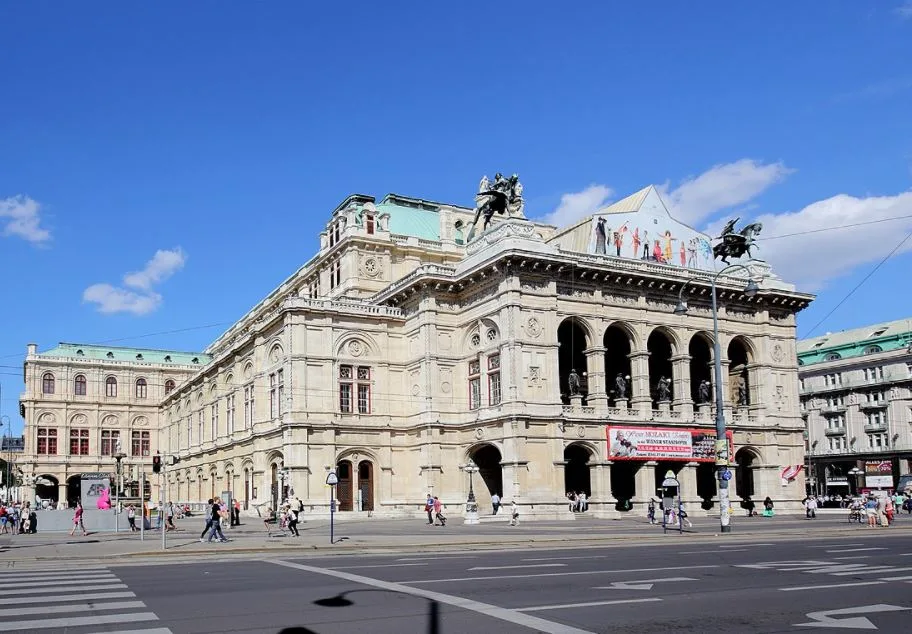
11. The most notorious places inside the auditorium are reserved for the standing audience. Tickets are sold for just 10 € but getting hold of one is pretty difficult as the audience here is considered to be “regulars.” The people in these places not only applaud loudly if they like the performance but are also known to boo performers off stage in case they don’t like what they see!
12. The highlight of the Vienna State Opera is the annual “Vienna Opera Ball.” This stylish event is organized by the Vienna State Ballet and takes place every Thursday preceding Ash Wednesday. The first ball was organized way back in 1814 so it has a tradition ranging over 2 centuries!
